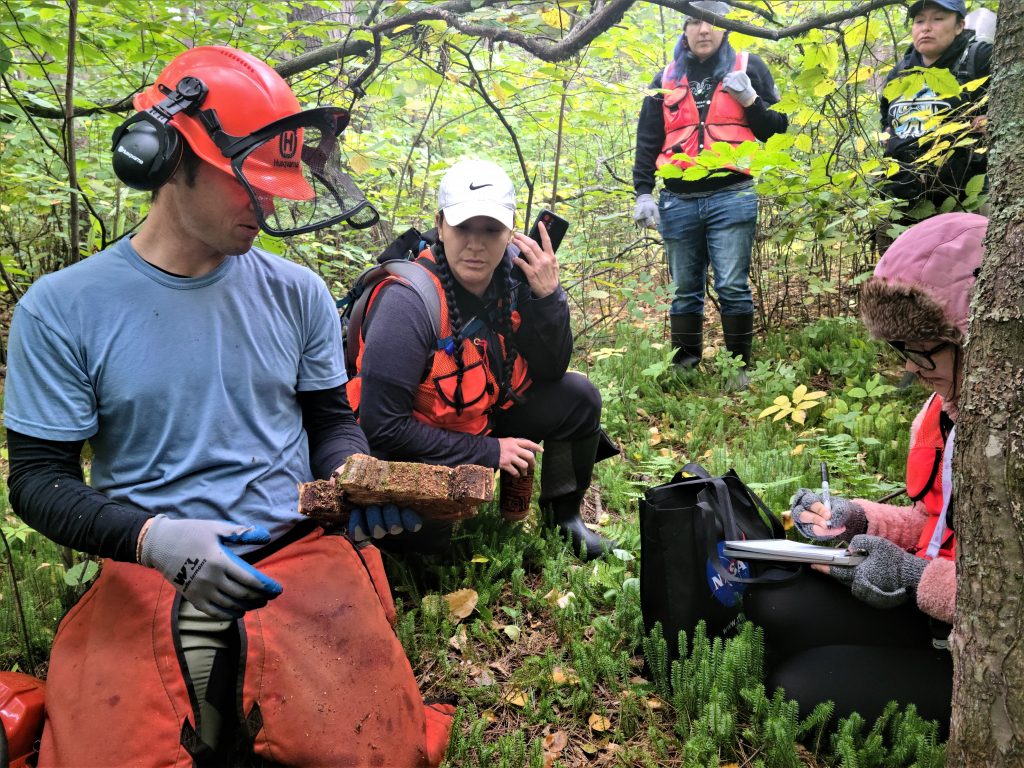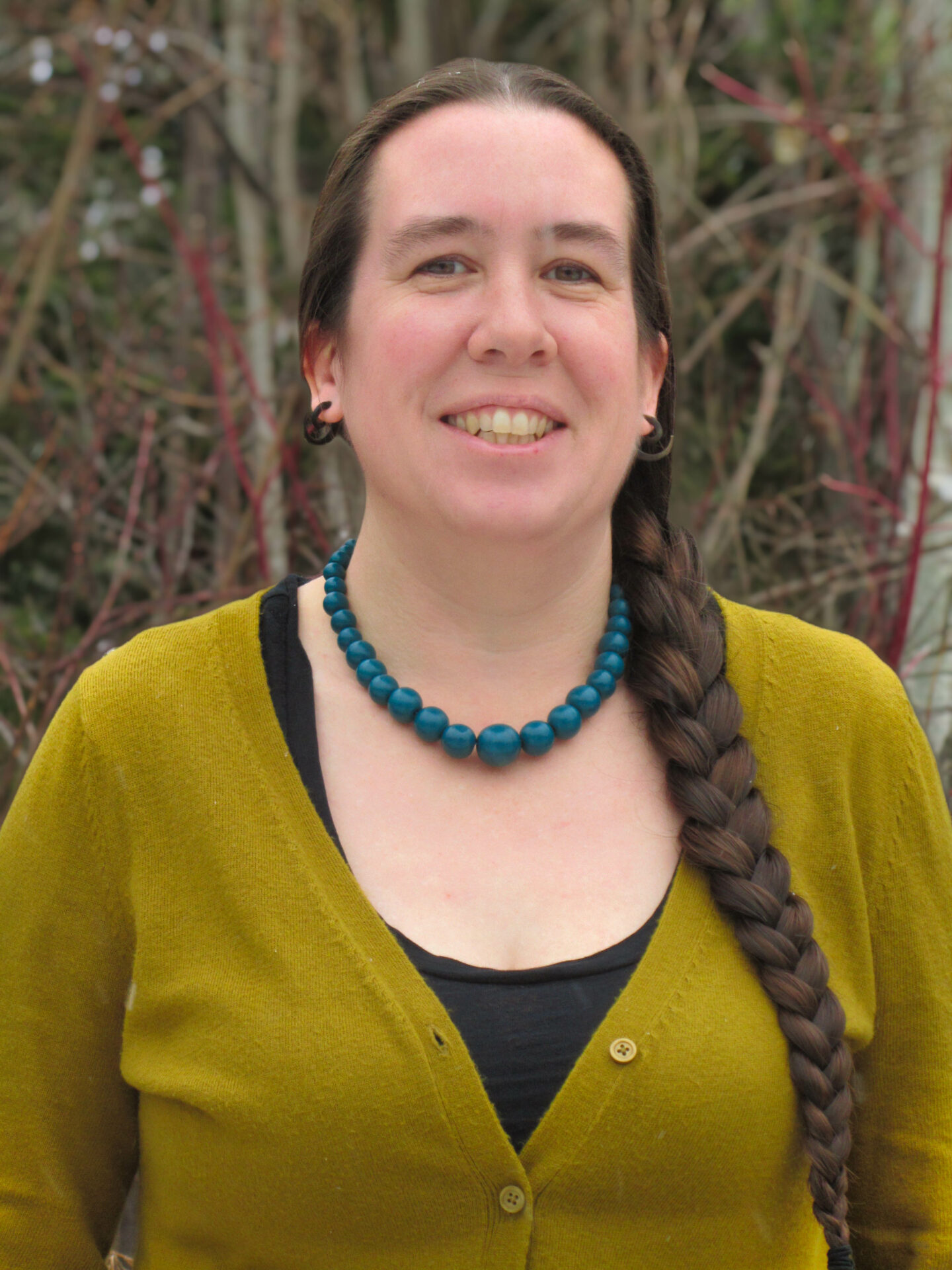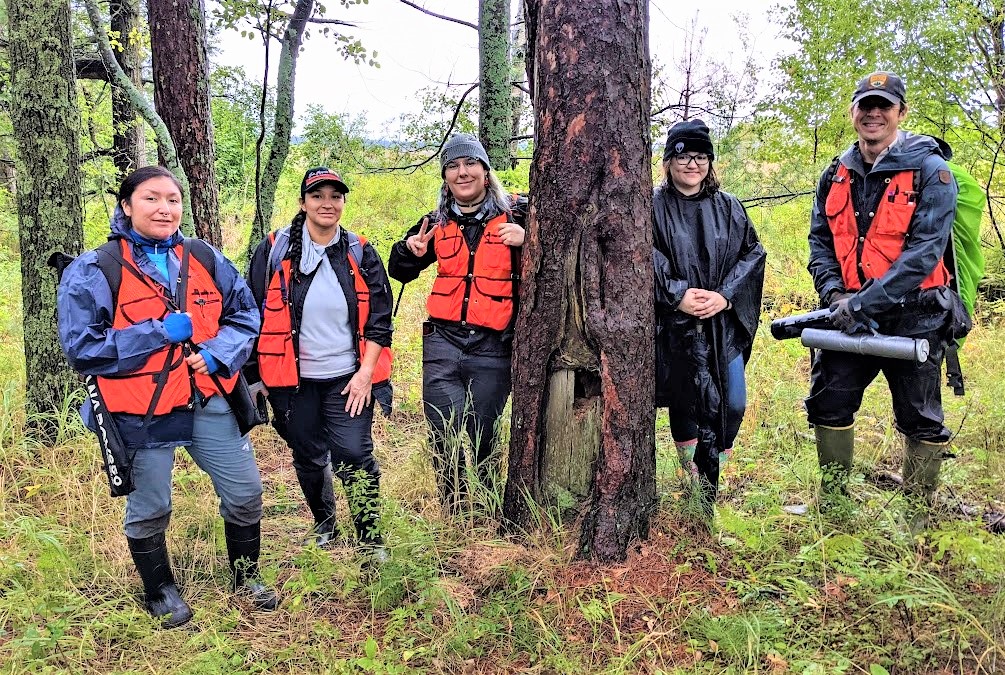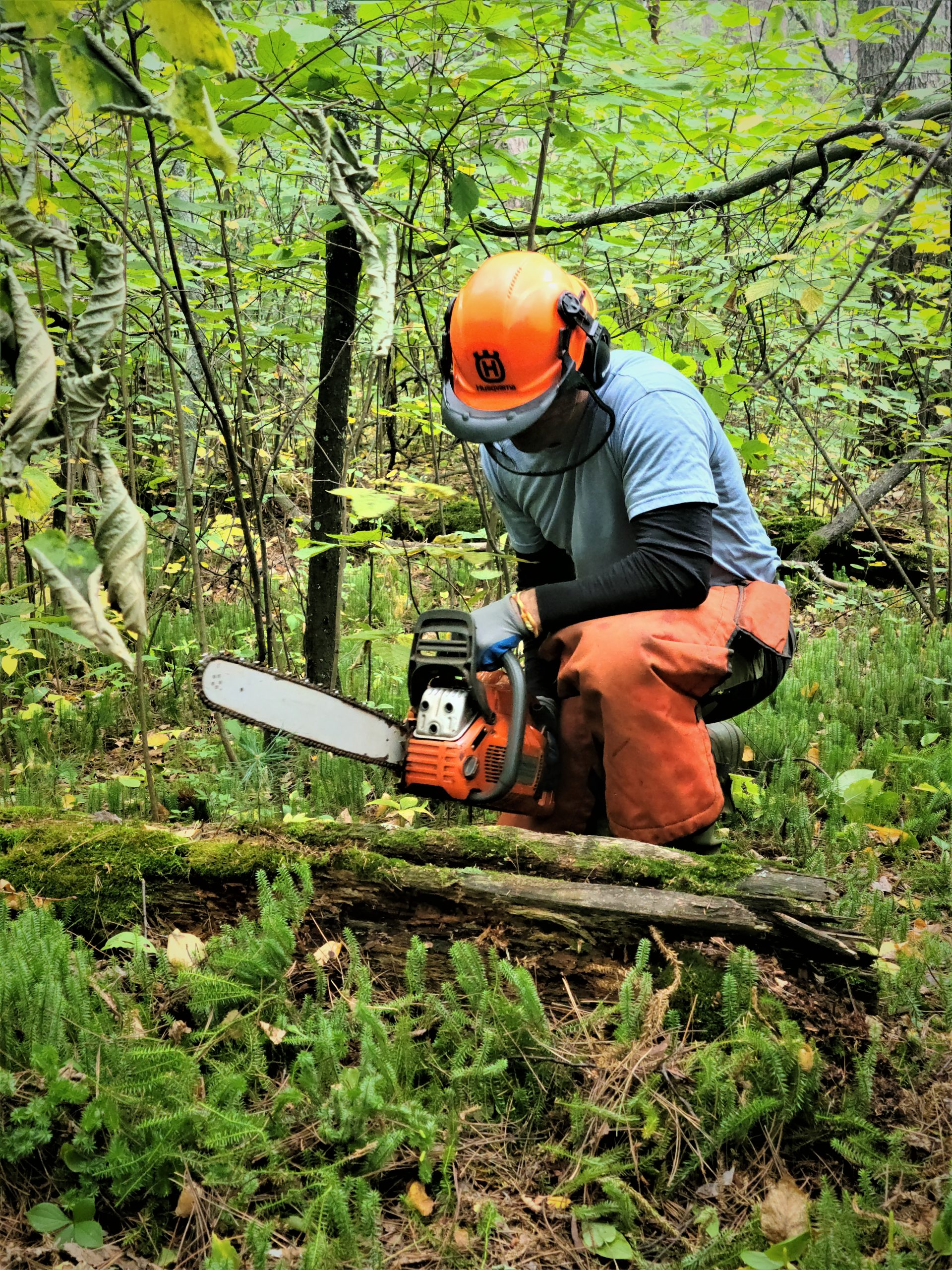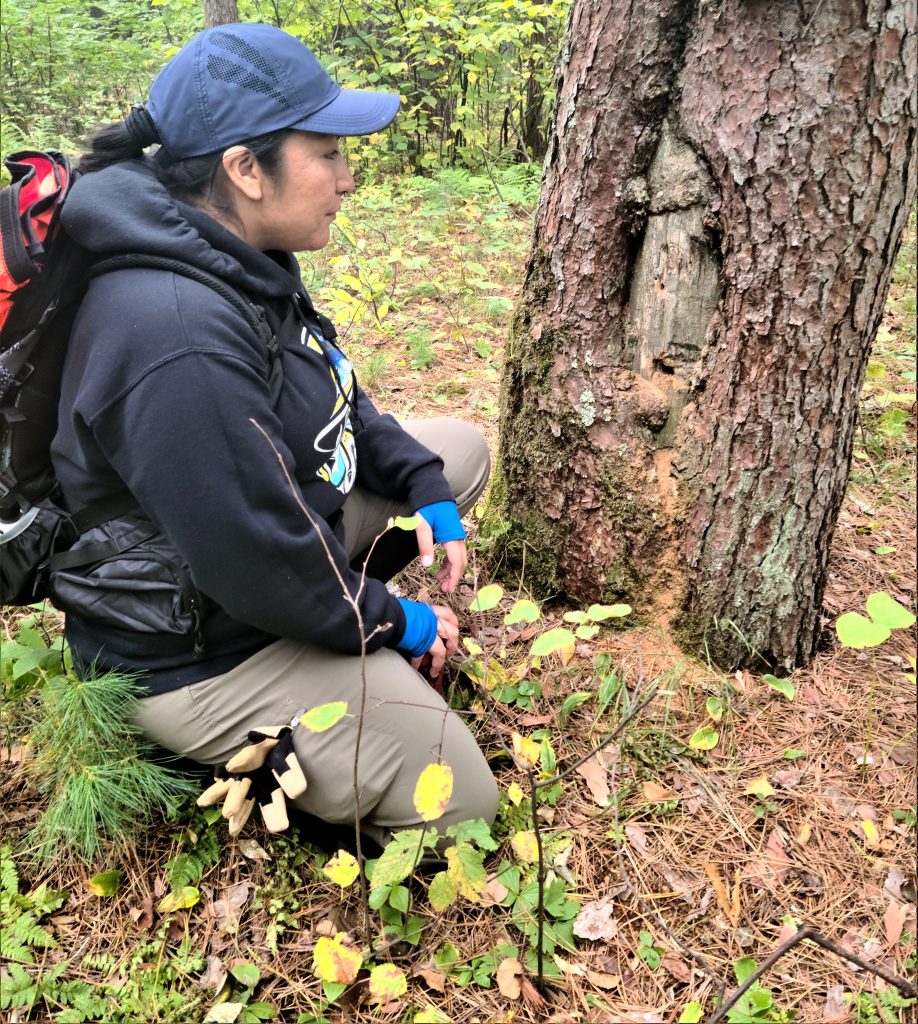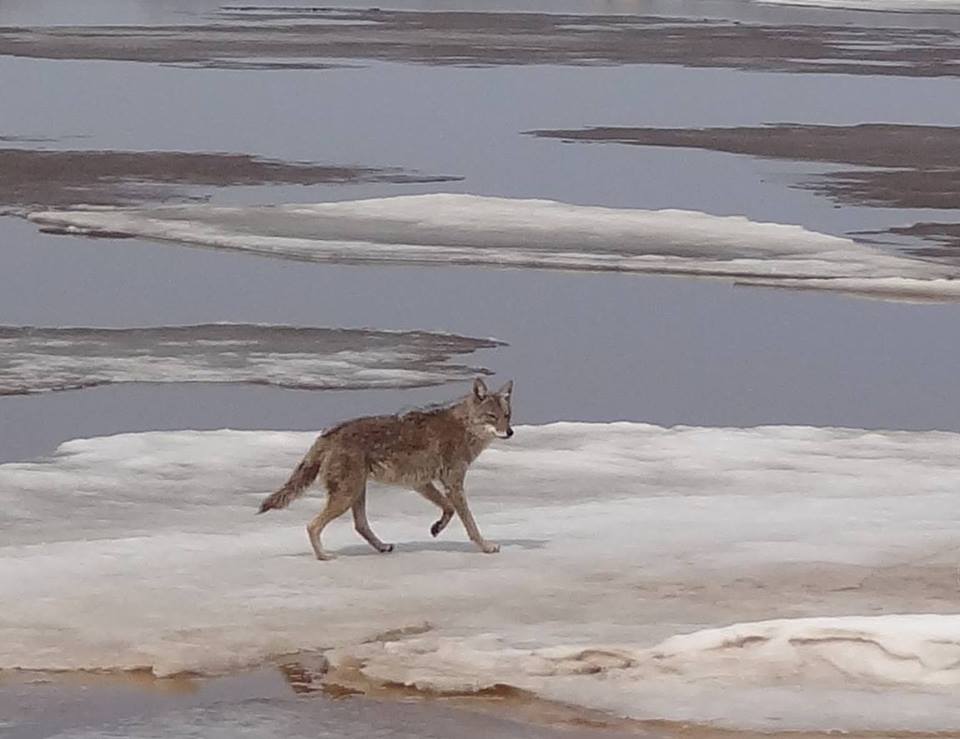Winter Storm Watch issued December 13 at 2:23PM CST until December 15 at 9:00AM CST by NWS
Current Watches, Warnings and Advisories for Brown (WIC009) Wisconsin Issued by the National Weather Service
https://alerts.weather.gov/cap/wwacapget.php?x=WI12641E3AD77C.WinterStormWatch.12641E588FB0WI.GRBWSWGRB.3e9e160ebf1e8279138635c8bc13e220


